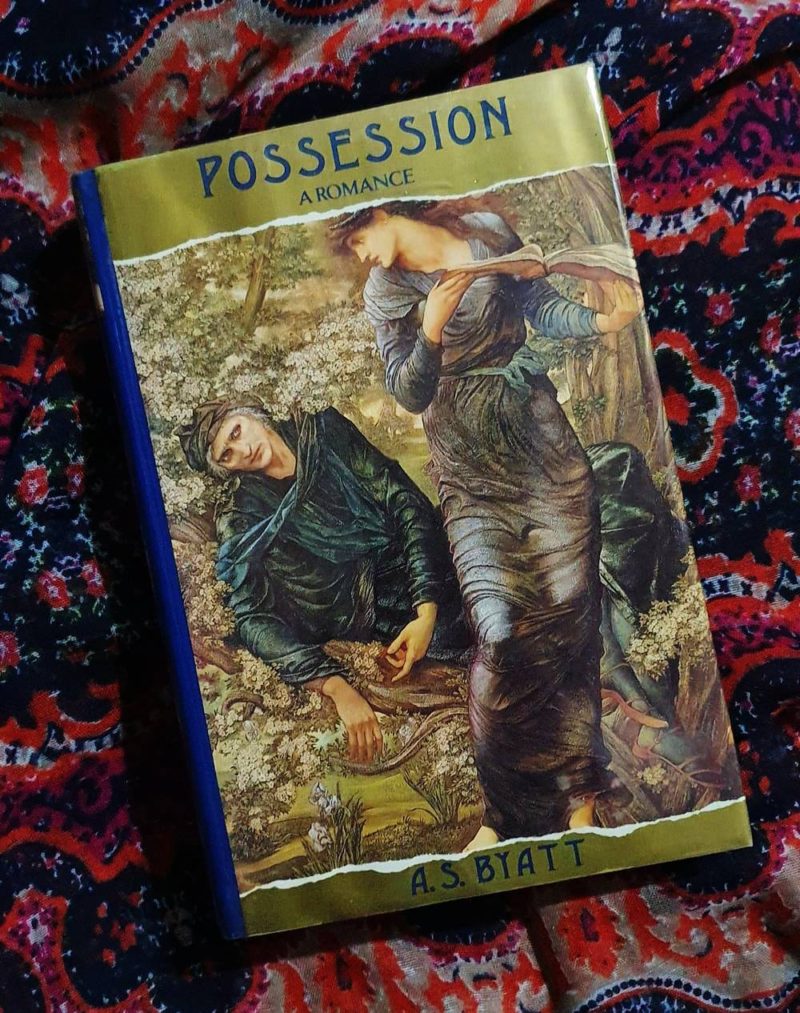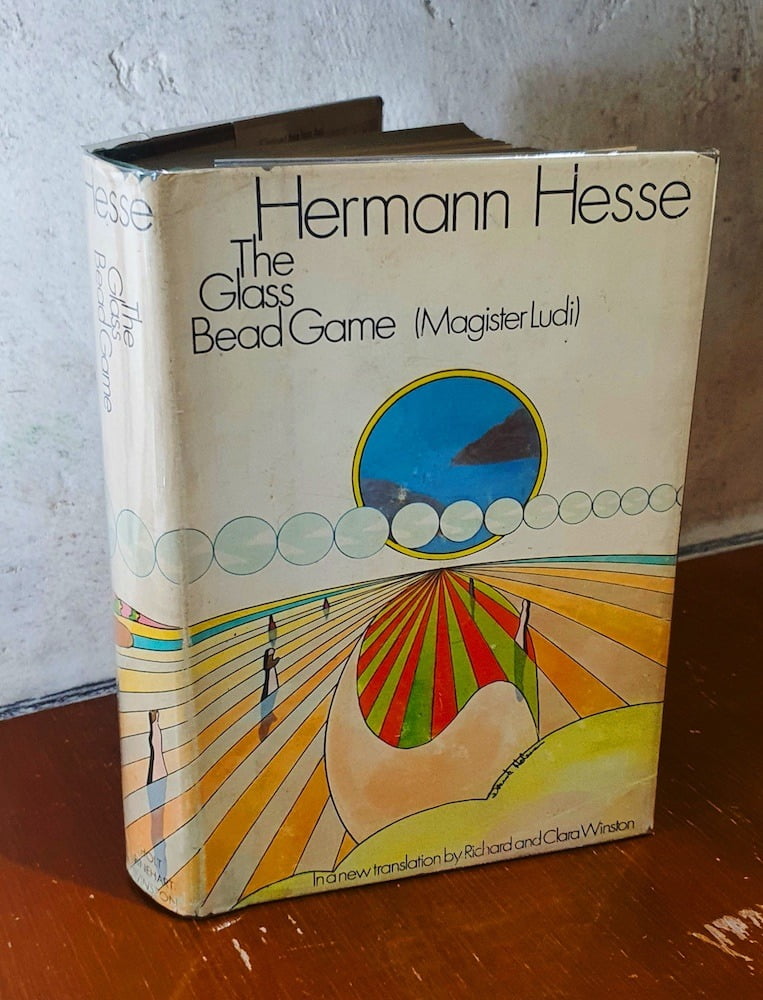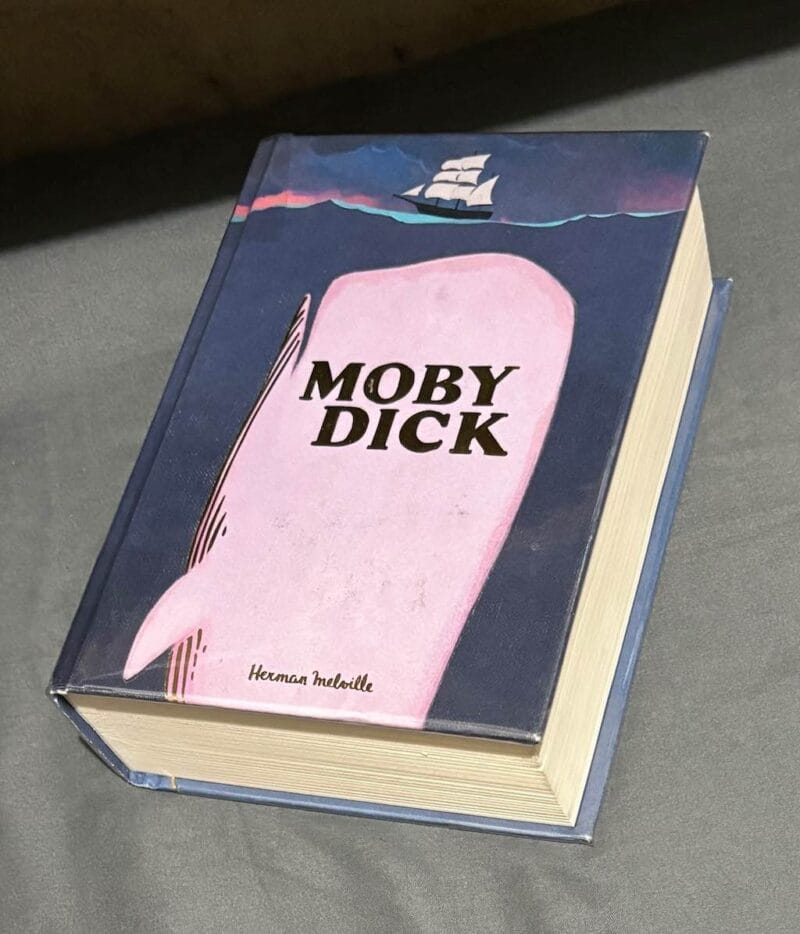Roberto Bolaño’s novel “2666”—a strange title for the unfinished manuscript that was found on his desk after he died—is considered by many to be his magnum opus. It is not only the longest and best work of his career but also the culmination of his two core preoccupations: the writer’s life and violence. It was his main project for the last five years of his life.
Based on Ciudad Juárez on the U.S.-Mexico border, the story centers on a reclusive German novelist and the city’s unsolved and mysterious crimes in the city of Santa Teresa (the novel’s made-up version of Juárez), where hundreds of young female factory workers have vanished, both in the book and in real life.
2666 is divided into five parts, all dealing with the unsolved murders, although the story is told through different characters and settings. It follows a group of literary critics attending a conference in Santa Teresa, Mexico, where they become enmeshed in the brutal violence that plagues the town.
The novel weaves together multiple narratives and themes, including the human condition, literature, and violence, and culminates in a haunting exploration of the elusive author Benno von Archimboldi, the novelist whose work the critics came together to discuss.
The fact that the number 2666 does not appear anywhere in the novel further contributes to its air of mystery. It does, however, look like something of a date, and by being so distant into the future, it seems to portend some type of disaster, maybe the end of the world.
Natasha Wimmer’s translation from its original Spanish to English was nominated for the Best Translated Book Award, and the novel won the Altazor Award in Chile in 2005. It was also chosen as Time magazine’s Best Fiction Book of 2008, and Bolaño was posthumously awarded the 2008 National Book Critics Circle Award for Fiction.
Memorable Quotes
In a word, and bluntly: as they walked around Sankt Pauli, it came to Pelletier and Espinoza that the search for Archimboldi could never fill their lives. They could read him, they could study him, they could pick him apart, but they couldn’t laugh or be sad with him, partly because Archimboldi was always far away, partly because the deeper they went into his work, the more it devoured its explorers.
Page 29, The Part About the Critics, 2666 by Roberto Bolaño
I don’t know what I’m doing in Santa Teresa, Amalfitano said to himself after he’d been living in the city for a week. Don’t you? Don’t you really? he asked himself. Really I don’t, he said to himself, and that was as eloquent as he could be.
Page 163, The Part About Amalfitano, 2666 by Roberto Bolaño
Really, when you talk about stars you’re speaking figuratively. That’s metaphor. Call someone a movie star. You’ve used a metaphor. Say: the sky is full of stars. More metaphors. If somebody takes a hard right to the chin and goes down, you say he’s seeing stars. Another metaphor. Metaphors are our way of losing ourselves in semblances or treading water in a sea of seeming. In that sense a metaphor is like a life jacket. And remember, there are life jackets that float and other that sink to the bottom like lead. Best not to forget it. But really, there’s just one star and that star isn’t semblance, it isn’t metaphor, it doesn’t come from any dream or any nightmare. We have it right outside. It’s the sun. The sun, I am sorry to say, is our only star.
Pages 253-254, The Part About Fate, 2666 by Roberto Bolaño
Do you want me to tell you something? All names are ordinary, they’re all vulgar. Whether your name is Kelly or Luz María, it makes no difference in the end. All names disappear. Children should be taught that in elementary school. But we’re afraid to teach them.
Page 605, The Part About the Crimes, 2666 by Roberto Bolaño
The style was strange. The writing was clear and sometimes even transparent, but the way the stories followed one another didn’t lead anywhere: all that was left were the children, their parents, the animals, some neighbors, and in the end, all that was really left was nature, a nature that dissolved little by little in a boiling cauldron until it vanished completely.
Page 887, The Part About Archimboldi, 2666 by Roberto Bolaño
Further Reading
A Writer Whose Posthumous Novel Crowns an Illustrious Career by Larry Rohter, The New York Times
Bolaño’s 2666: The Best Book of 2008 by Lev Grossman, Time
Reasons To Read Roberto Bolaño’s Epic Masterpiece, 2666 by J.D. Woolnough, Culture Trip
Alone Among the Ghosts: Roberto Bolano’s ‘2666’ by Marcela Valdes, The Nation





